
Write what you are looking for and press enter to begin your search!

Live News
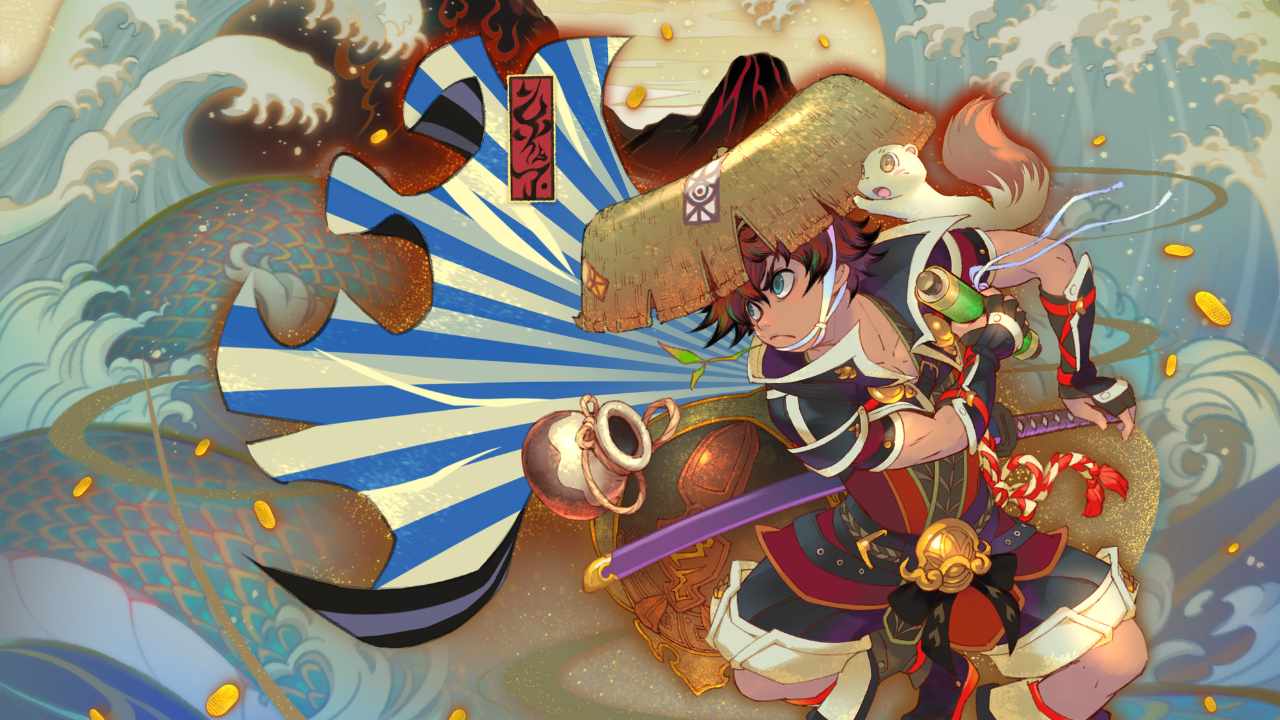

Shiren The Wanderer: The Mystery Dungeon of Serpentcoil Island Review – An Acquired Taste
 ">
">
By Alisha Alix|March 22, 2024|0 Comment
Platform(s): Nintendo Switch
Genre: Roguelike, Mystery Dungeon, RPG, 3D
The concept of “roguelike” originated from the renowned 1980 game Rogue, where the primary objective was to navigate the adventure without succumbing to death. However, if a player failed to complete the level/stage, their progress would be reset to zero, compelling them to embark on the journey anew. The appeal of this gameplay mechanic gradually gained popularity, leading to the establishment of an entire genre based on this mechanic. Consequently, the term “roguelike” evolved into the prevalent term that is used today.
Within the roguelike genre, one title that stands out is Shiren the Wanderer, developed by Spike Chunsoft, which is notorious for its level of difficulty and inscrutable nature. I generally tend to shy away from this particular style of game; as I have discovered, Shiren the Wanderer: The Mystery Dungeon of Serpentcoil Island is an acquired taste.
You will either hate it or love it. There is little to no middle ground when it comes to playing this game.
For those who aren’t familiar, Shiren 6 (abbreviation of it) is as traditional an entry as they come to Shiren the Wanderer. The story sees the titular Shiren (or whatever the player wishes to name him) and his talking ferret Koppa heading to the mysterious Serpentcoil Island in search of treasure. However, there’s a bit more going on since they both had a vision of a girl trapped within the belly of a monster resting deep within the island’s dungeon.
You wake up at an inn after losing the battle against the big boss in this adventure, a huge monster full of scars that emptied your HP bar just as quickly as you got to it. It’s now a matter of starting from the very bottom and making your way back to defeat it, get the hidden treasure, and uncover the secrets of the island. It is pretty straightforward as it gets for the storyline, but not for the case of its gameplay.
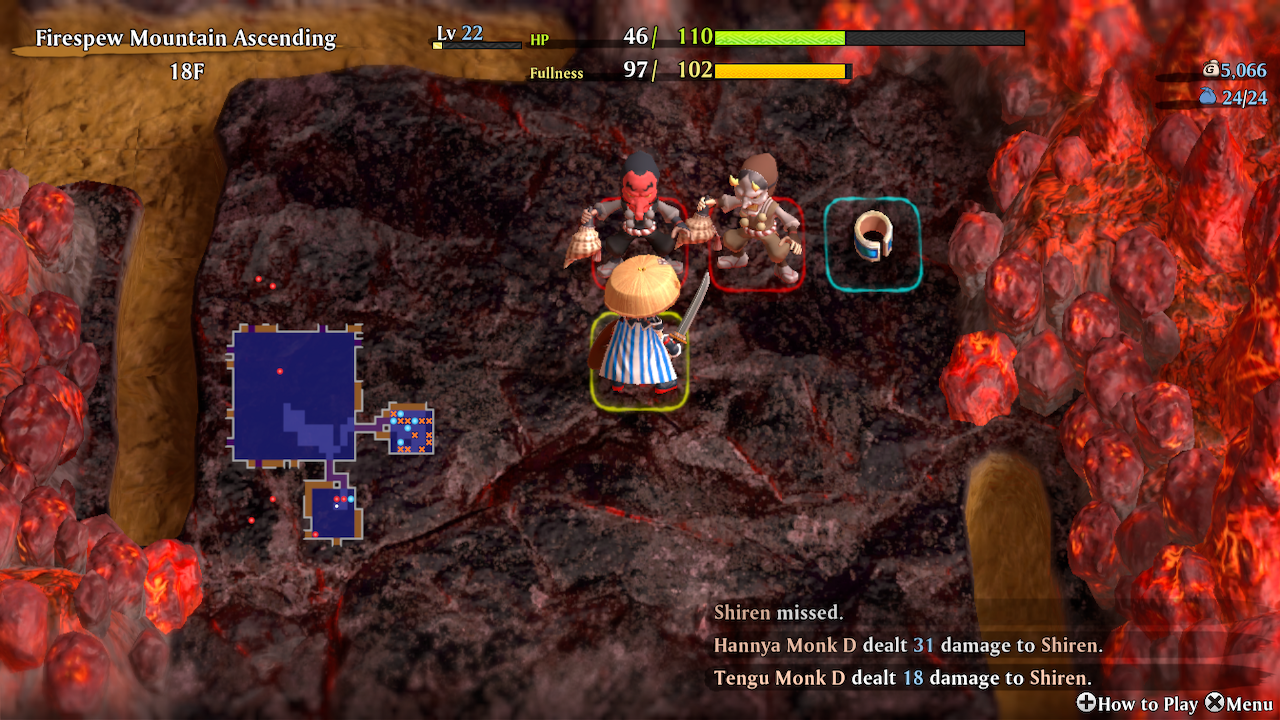
You will be starting your journey from floor level 1 to level 30, using the form of a “turn-based” roguelike with minor RPG elements. Encountering various randomized weapons and items, engage in battles against formidable monsters, and even have the opportunity to save another player. Each action will trigger a corresponding movement on the part of all nearby monsters, mirroring the gameplay style of the hit indie game Crypt of the NecroDancer. You will be slowly gaining EXP and levelling up, collecting loot which may be beneficial to you in the aspects of healing, attacking, and defending yourself from getting defeated. Because once you’re dead, all the resources and progress you made will reset to zero and you’re back in the first village you ended up in the first place.
Shiren 6 quickly becomes far more complex than this. Dozens of enemies act differently, random traps that debuff you in horrible ways, and tons of magic scrolls and other consumables (that quickly fill up your surprisingly limited inventory space—even if you find jars to expand it) to play around with. Each run through the dungeon will likely be massively different from the last due to item RNG alone.
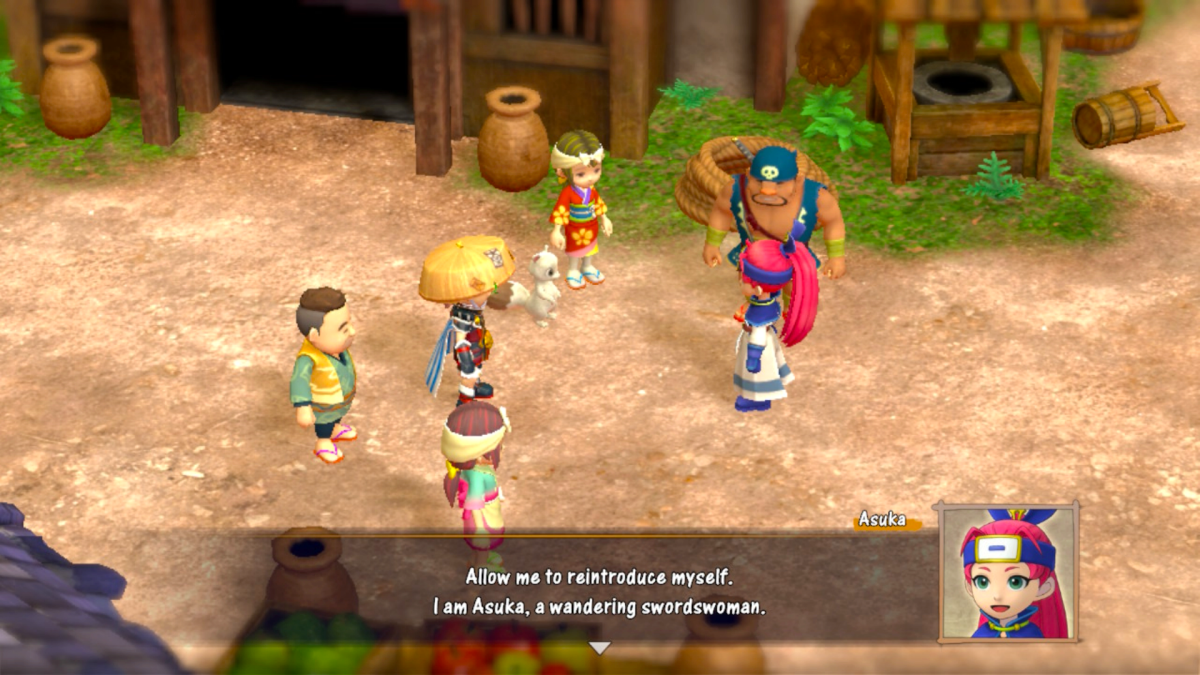
Even if you attempt to discover a loophole, as I did by attempting to remain in the same dungeon for an extended period to level up and gather resources, you will encounter an inescapable obstacle similar to a “blowing wind” tornado. This unexpected event will not only blow you away but also significantly reduce your HP status. In theory, this kind of mechanic should work, it follows the same basic formula as the games that came before it—or, in this case, after it but after repeated runs of dying and starting from scratch, the time you’ve invested is not worth the rewards you’re getting in the long run.
Why? In my experience, its currency called “Gitan” is far too scarce to find in dungeons and when you’re onto the next village, which will appear after every 5 dungeon levels you complete will have a blacksmith that will help you to upgrade your weapon for a too high cost, in average thousands, whereas the money I’ve collected barely reaching a thousand most times. For the loots, most of the items you’ll find are barely of use and if you’re lucky enough to find a bracelet to help you revive, do whatever it takes to survive because it is pure luck if you happen to find one.
Another prominent problem I find is the storehouse, where players can keep weapons and items in a specific unit for later use. A storehouse is available at each village you stumble upon. But if you were to store your items in village number 3, where you have to venture 15 levels to reach if you were to be defeated, you’d be back to square one in the first village knowing that you’re items are very far from you. Every time I come across a village, this makes me question whether or not to store the items or use them for the next level. Not a pleasant experience when you lose a valuable item or not being able to use it again in the first level.

With all the shortfalls pointed out, I can still see why this game can “make” you, or enough for a player to get hooked. It provides several features to help players survive, or even get a second chance at life. Upon perishing, players have the opportunity to connect online and request a rescue. This rescue system enables players to attempt to save other players by venturing into a virtually identical version of the dungeon in which they previously died. The only significant difference is that players start on the first floor without any items or access to any resources they may have stored in warehouses or other areas of their main game. Completing rescues earns players rescue points, which can then be used to purchase buffs for future rescue missions.
Players can also choose to rescue themselves, but doing so does not yield any additional rewards beyond the continuation of their current run, if successful. Overall, this system is commendable, although it carries inherent limitations. One of the major drawbacks is that players cannot engage in activities other than rescues while waiting for their revival. Plus, you’ll be spending more time to revive than actually moving forward in the game.
In terms of its visual presentation, Shiren 6 deviates from the previous sprite-based art style in favour of a 3D graphics style that bears a resemblance to those found in Bravely Default II. The characters and enemy designs are rendered in a squat, almost chibi-like manner, while the village environments take on the appearance of miniature toy dioramas. Additionally, the dungeons exhibit some visual diversity, offering players the opportunity to explore various cave, forest, and beach settings that adhere to distinct colour palettes. Overall, the visual aesthetics of the island come across as pleasing, if somewhat basic, with the one notable drawback being the stiffness of the animations.
Complementing the overall experience, Shiren 6 features a soundtrack that embraces an earthy and windy tone that aligns with the game’s mysterious and adventurous atmosphere. The music, although somewhat forgettable, does possess a few standout moments, particularly in the form of the level-up sound effects. However, there weren’t many tracks that stood out as particularly memorable for me.

It may have taken over ten years to finally come out, but Shiren the Wanderer: The Mystery Dungeon of Serpentcoil Island is an unforgiving experience that will either make or break players. Success relies heavily on personal skill, luck, and meticulously planning every move to ensure survival until the very end.
Yes, all the points I’ve made mostly sound negative but if you’re the type who love a devilish challenge, I recommend this title. Otherwise, there are others that are much more lenient for players new to the roguelike genre. Like I said earlier, it’s under the “love it or really hate it” category of niche entries.
Review copy provided by Spike Chunsoft.
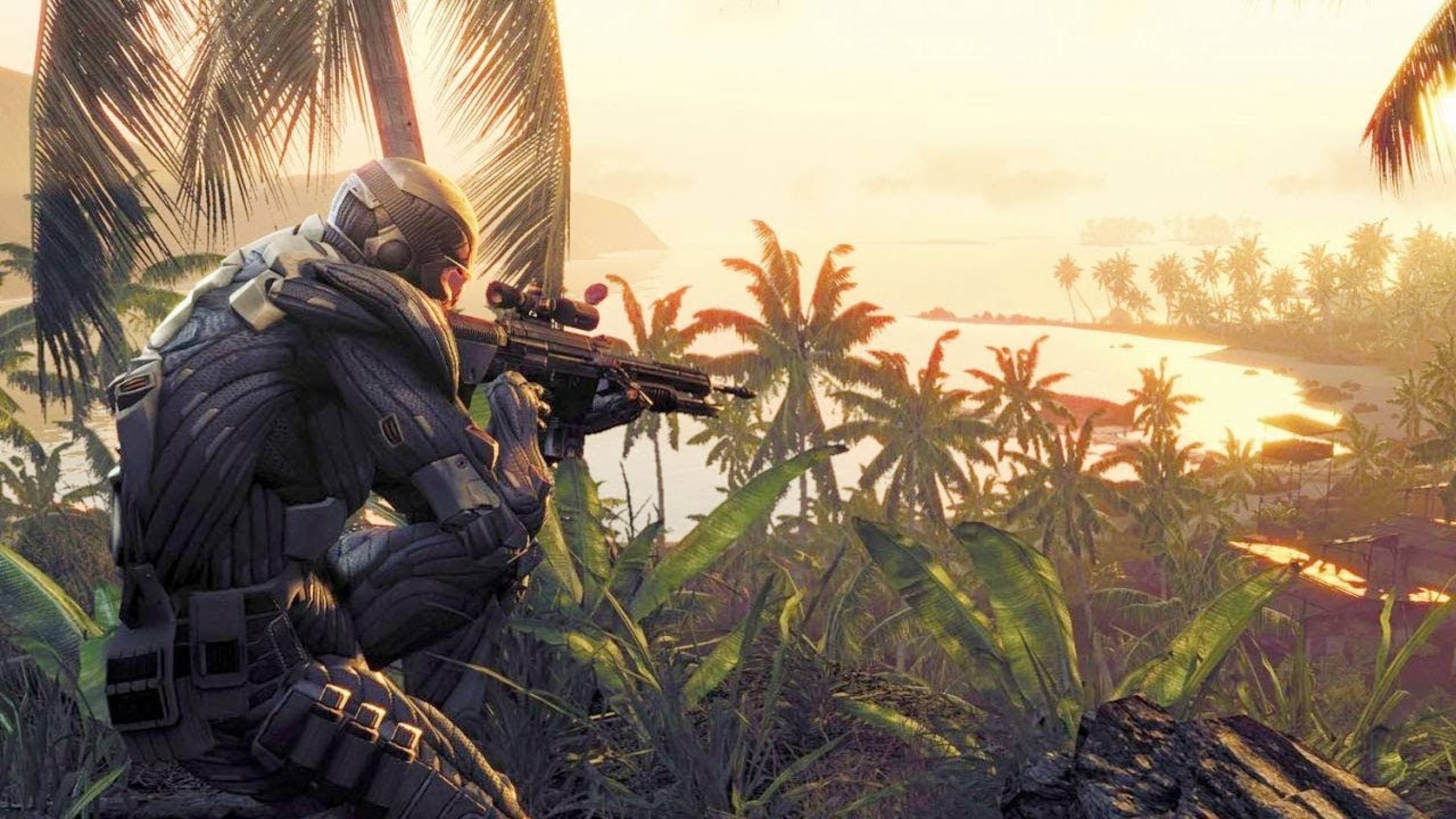
By Alleef Ashaari|July 2, 2020
Earlier this week, Crytek's Crysis Remastered was leaked, and seemingly had a release date of 23 July 2020. However, fans of the franchise have since ...

By Mr Toffee|May 1, 2020
If you're hoping for new game announcements from Nintendo this June, you may need to curb your expectations. According to a VentureBeat report, Ninte...
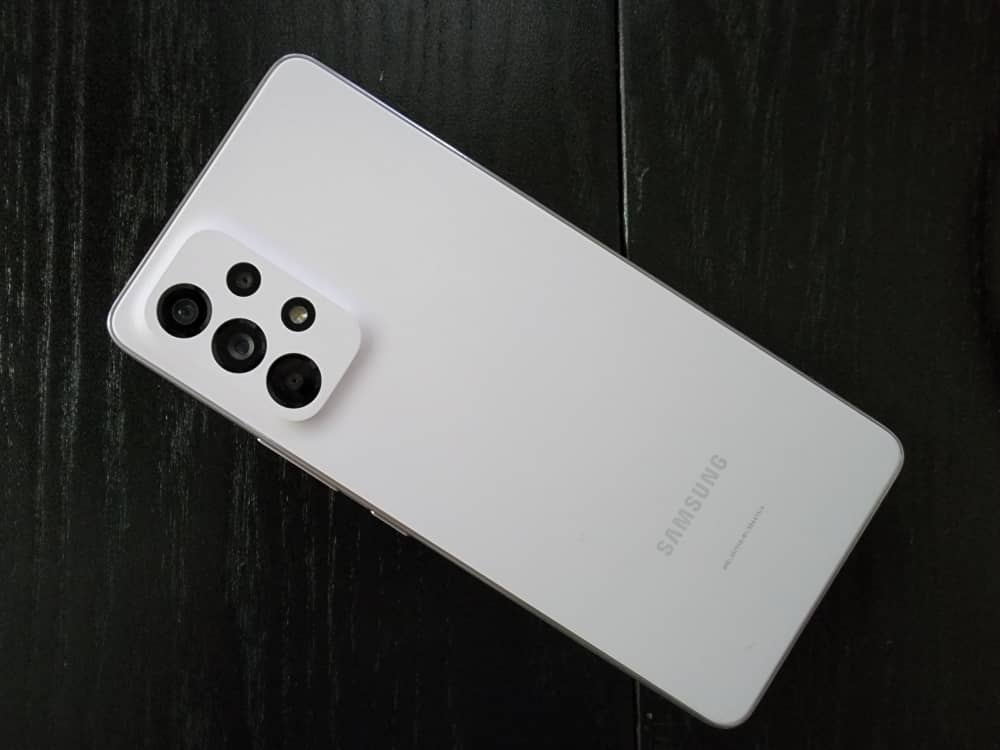
By Kenn Leandre|April 11, 2022
The Samsung A-line has always been considered the "mid-tier" range when it comes to Samsung phones. Often seen as the go-to line for the more cost-con...

By Mr Toffee|February 2, 2024

By Team KKP|July 1, 2023

By Alleef Ashaari|August 2, 2021
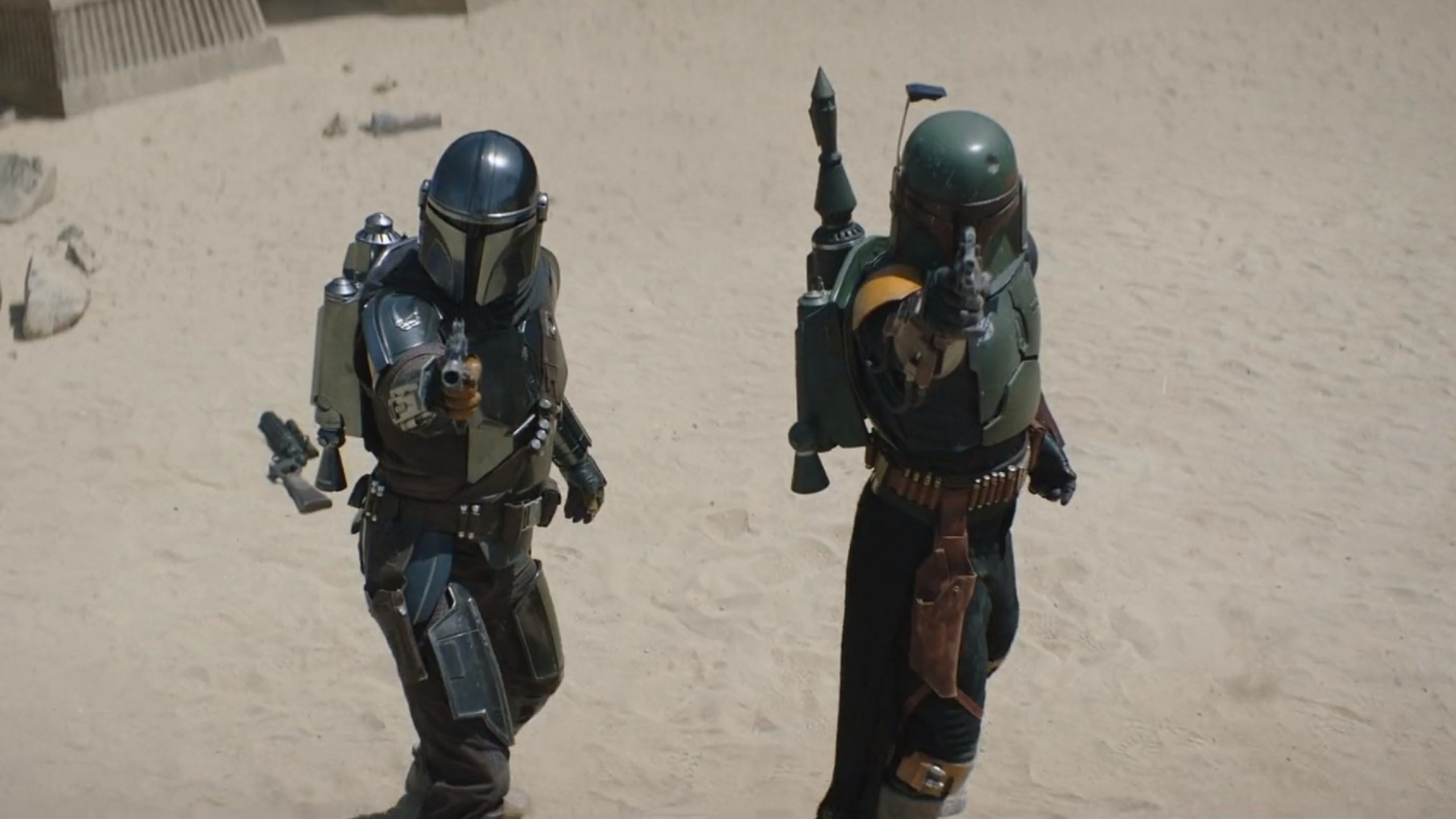
By Alleef Ashaari|February 9, 2022

By Mr Toffee|February 2, 2024

By Team KKP|July 1, 2023
Copyright @ Kakuchopurei 2024